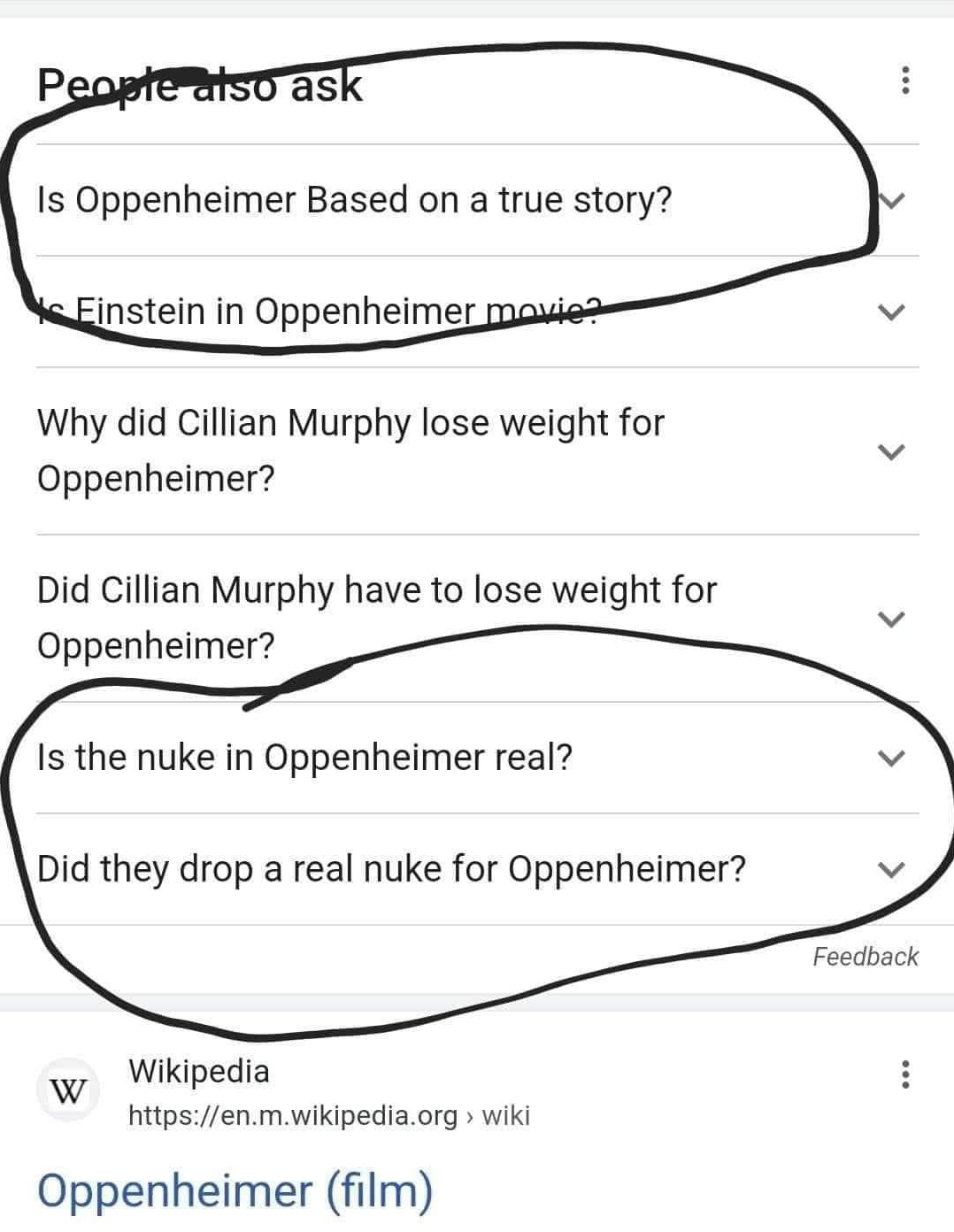So, I was out for my morning walk today, and it started to rain. Luckily, I had planned ahead and brought my umbrella. I opened it up, and was standing there, enjoying the rain…and then I started to walk, and my legs started to get wet. I stopped, my legs stopped getting wet, I started walking, my legs got wet again.
The question is why?
I narrowed the problem down to the following variables:
– Height of the person (technically, the height of the edge of the umbrella)
– Walking speed and wind speed (I’m putting these together for reasons you’ll see later)
– Size and shape of rain droplets (this is to measure terminal velocity)
– S also added ‘size of umbrella’, but I’ll address that in the assumptions section
This is a lot of variables, so let’s make some assumptions:
– The human in question is about 2m tall (accurate within 5%)
– The edge of the umbrella is about 2m from the ground (accurate within 10-15%)
– The edge of the umbrella is about 25-50cm from the front of the leg horizontally
– We count the leg as getting wet as when the rain hits the front of the leg just above the ground
– Length of a step is about 80cm (as per this page)
– Raindrop terminal velocity is about 20m/s, as per this graph:

– Wind-speed is negligible, as per this chart from Environment Canada, showing that wind at the time in question (9am) was about 2km/h, from the North:

Now on to the math!
We can easily show that with negligible wind, rain falling straight down will not hit the legs.
But assuming 90-degrees from ground vertical legs, what wind-speed would be necessary to rain on them?
At 20m/s, the rain would need to travel 0.25m or 0.5m horizontally as it traveled 2m vertically, or a horizontal wind of about 20m/s * 0.25m/2m = 2.5m/s or 9km/h for 25cm of umbrella overhang to 18km/h for 50cm of umbrella overhang.
So it turns out that the wind-speed was actually really important, as you can see that at other points today, it alone would have made the difference.
Now, what happens when we start walking? There are two factors at play here:
– Walking speed
– Extension of the leg forward out of the protection of the umbrella as you take a step
So we have to add some more assumptions:
– Assuming an average walking speed of about 5.4km/h or 1.5m/s
– Assuming that the toe to toe per step distance is 0.8m (from above), assume that at maximum extension, the tip of the leg is 40cm ahead of the body
Using the wind-speed calculation above, we can see that 1.5m/s of forward motion would only counteract about 1.5m/s / 20m/s * 2m = 15cm of umbrella cover, not enough to make your legs wet.
However, if your leg is 40cm ahead of your body, that would be enough if your umbrella was any reasonable amount off ‘exactly centered’ over the front of your body, and if your leg is 40cm ahead, and your walking speed adds another 15cm, that is enough to counteract even perfect vertical umbrella placement (40cm + 15cm > 50cm).
My experience this morning suggests that either the rain was falling more slowly than 20m/s, I was walking slightly faster than 1.5m/s, or I was resting the umbrella diagonally over my shoulder (most likely). This would have given me the approx. 25cm protection above, and caused my legs to be wet only while I was walking.
How would you calculate this? What would your assumptions be? Have you experienced this? Are you going to test this the next time it rains? Are you as surprised as I am that leg placement and step length are much more important than walking speed (as long as you’re only walking)?
Let me know what you think in the comments!

